Scoliosis is a medical condition characterized by an abnormal curvature of the spine. A normal, healthy spine has a natural backward and forward curve, but for those who suffer from scoliosis, the spine rotates, giving a side-to-side curve.
Most cases of adult scoliosis are mild and may not need any treatment, unlike in children and teenagers. However, it’s worth noting that treatment in adult scoliosis isn’t geared toward curing it but more toward relieving the symptoms. The goal is to maintain day-to-day function by relieving the pain that scoliosis may bring.
With that, there’s a lot more to learn about adult scoliosis. Here are some medical facts straight from Massey Family and other expert clinics.
In This Article
1. It Typically Won’t Have Any Symptoms
If you’re really lucky, you may have scoliosis but it’s not extreme in a way that your daily life is affected. This fact is supported by how a majority of adults who suffer from scoliosis won’t even know they have it. They have little to no symptoms.
Generally, those who may suspect they have scoliosis only see a doctor when they start to experience balance problems, back and leg pain, or a change in the symmetry of the shoulders. In its early stage, scoliosis may be prevented from progressing into a dramatic curve in the spine.
Rarely, additional symptoms in adults can include:
- Premature feeling of hunger satiety;
- Loss of stature;
- Shortness of breath or fatigue.
2. It Won’t Always Require Surgery
Teenagers and children who suffer from extreme scoliosis may be required to wear a back brace before eventually being called in for surgery. This could be the reason why adults who may suspect they have scoliosis also fear that they’re an absolute candidate for surgery.
This notion isn’t necessarily true. Surgery isn’t always required for patients who have adult scoliosis. In many instances, the treatment in adults is geared towards the relief of symptoms, not towards fixing the curve of the spine.
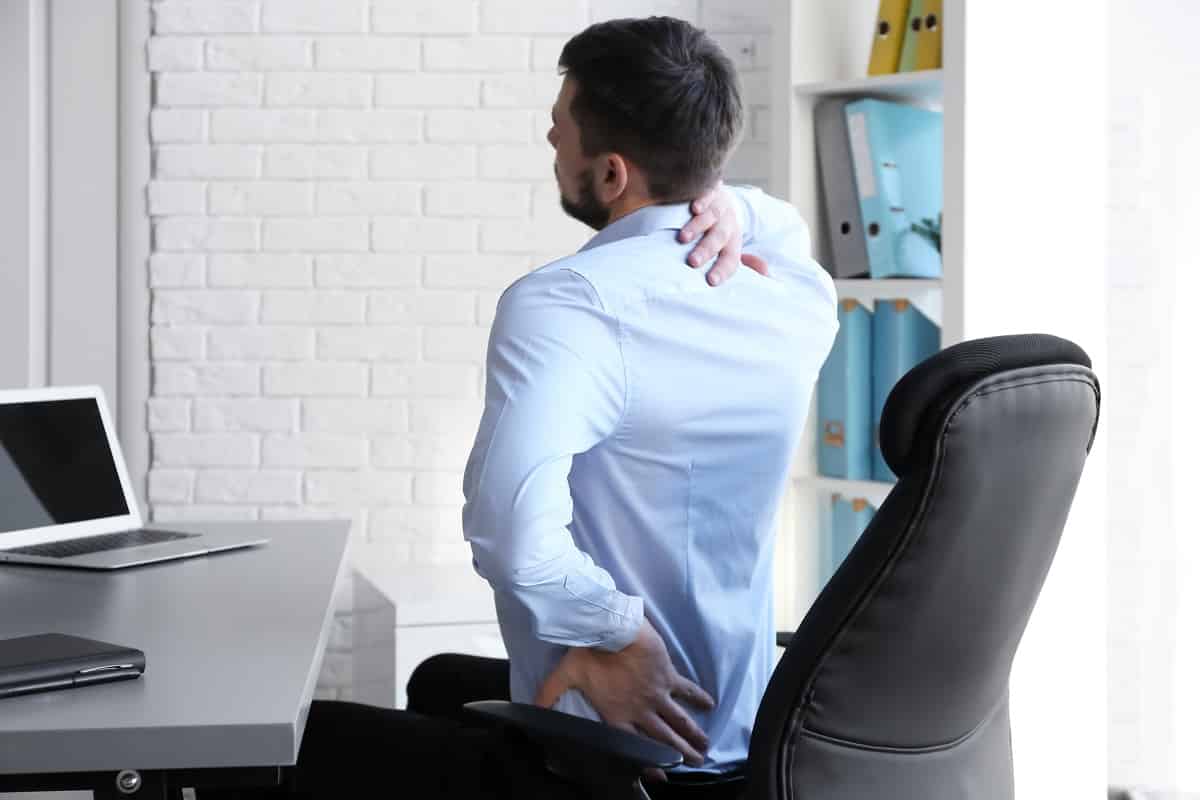
3. It Can Affect Any Of The Three Main Sections Of The Spine
For adults, scoliosis can affect any of the spine’s three main sections, which are:
- Lumbar spine or lower back;
- Cervical spine or neck;
- Thoracic spine or the chest and upper back region.
4. It Has Various Treatment Options
The treatment given for scoliosis depends on how far it has progressed. When in the early stage, adult scoliosis won’t require treatment. When the pain has become severe, and the doctors determine that scoliosis has progressed, treatment will be needed for a good quality of life to be maintained.
To that end, these are the different treatment options for adult scoliosis:
- These are needed to help alleviate back pain. In fact, painkillers are usually the first and only treatment prescribed to adult patients.
- Exercise, particularly those that strengthen and stretch the back. Exercise can help adults maintain a healthy weight so as not to worsen the feeling of pain even more.
- Spinal injections are given only to patients who experience pressure on their nerves, causing a tingling sensation and numbness, usually from the lower back down to the feet.
- Back braces are used for adults who need surgery but are not well enough yet to go under the knife. A back brace can help provide support to the back, which in turn may also reduce the sensation of pain.
- As a last recourse, doctors may recommend lumbar decompression surgery in cases where the nerves in the spine are starting to get squashed, the spine’s curve is progressing significantly fast, or treatment for the severe pain hasn’t worked and is yet getting worse.
5. It Comes With Risk Factors
The risk factor of developing scoliosis can be higher in these instances:
- The patient has a family history of scoliosis;
- The patient has gone beyond the adolescent stage, as it’s usually in that phase when the first symptoms may start;
- The patient is female, as girls may have a higher risk of the curve worsening and requiring treatment.
6. It Generally Has Two Main Causes
While there are numerous potential causes for childhood scoliosis, in adults, such can be classified into two main causes:
- Progression of scoliosis from childhood, especially for childhood scoliosis that required treatment but didn’t get the treatment they needed.
- Asymmetric degeneration of the spine, through diseases like degenerative disc disease and compression fractures.
Conclusion
With the information you’ve just gathered, do remember that everything you’ve read isn’t meant to be a substitute for sound medical advice. If you suspect yourself or your loved ones or anyone dear to you to have scoliosis, it’s still best to visit your doctor. By doing so, the best assessment and tests can be made for a proper determination on how best to deal with your scoliosis. Never self-medicate, as the improper use of exercise may only worsen your condition.

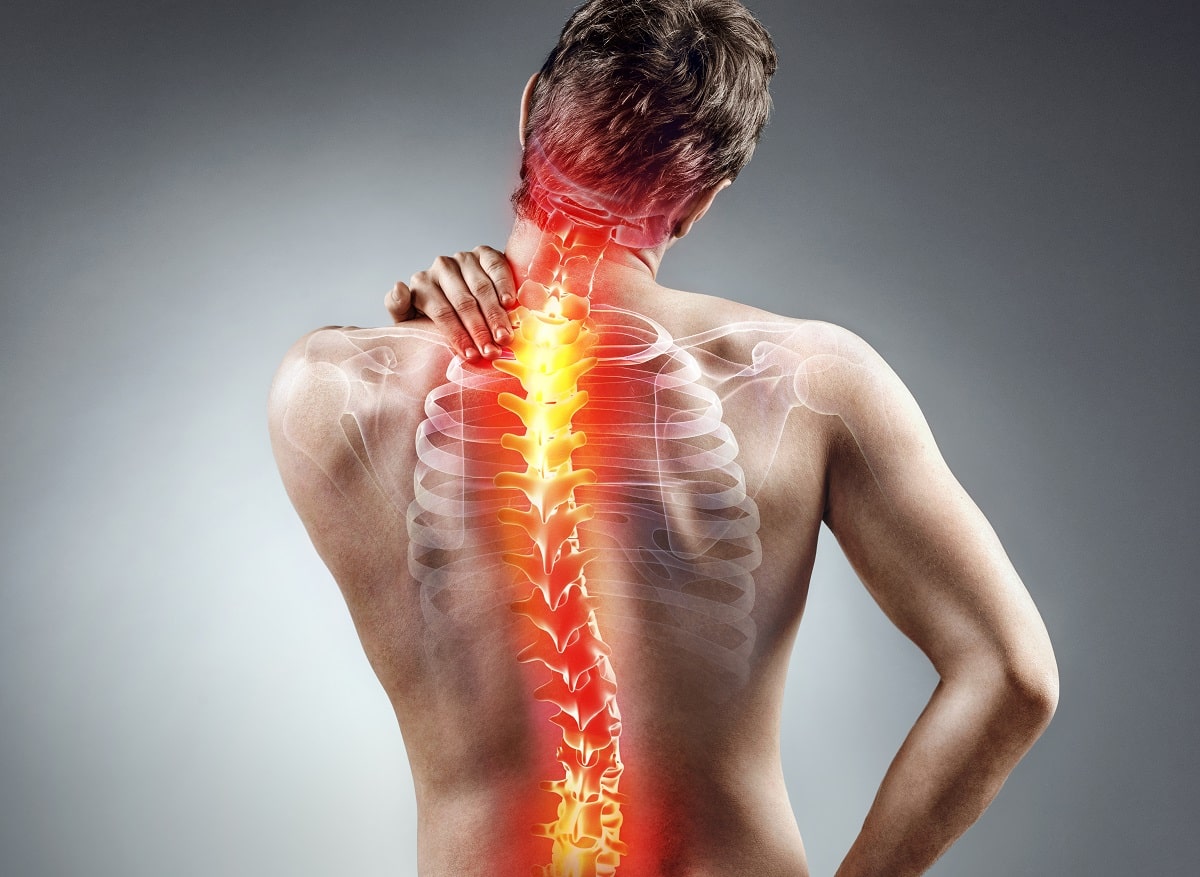
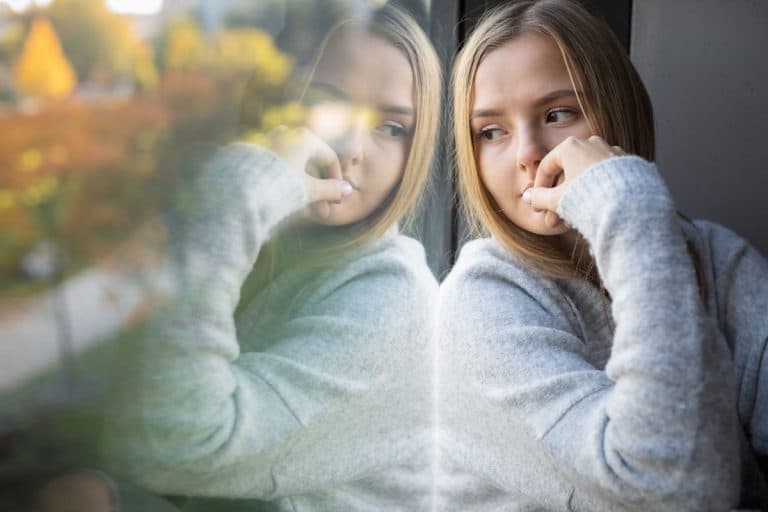

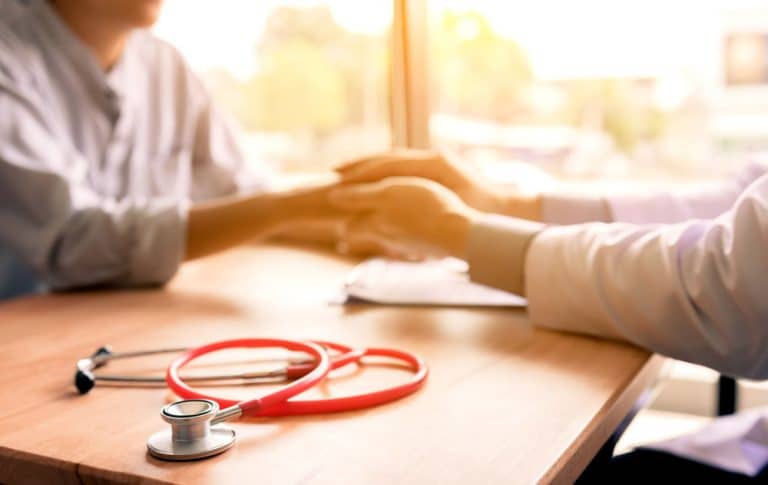
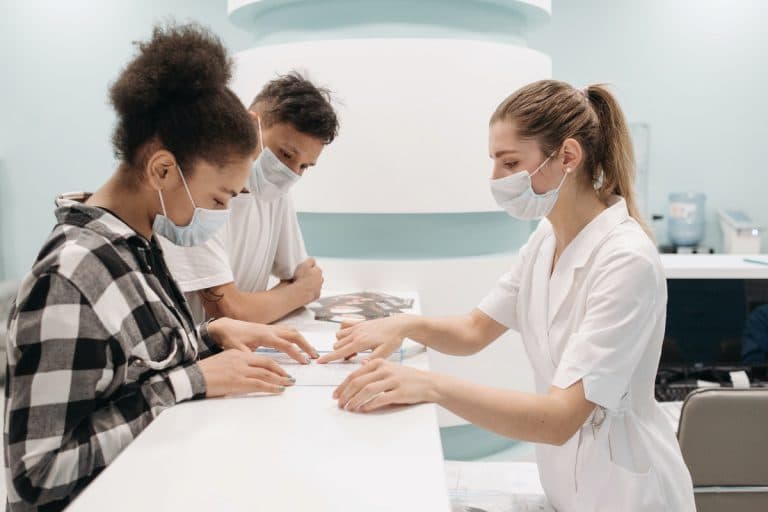




![Home Renovation Guide [2025]](/app/uploads/2021/04/design-hacks-1-378x300.jpg)
